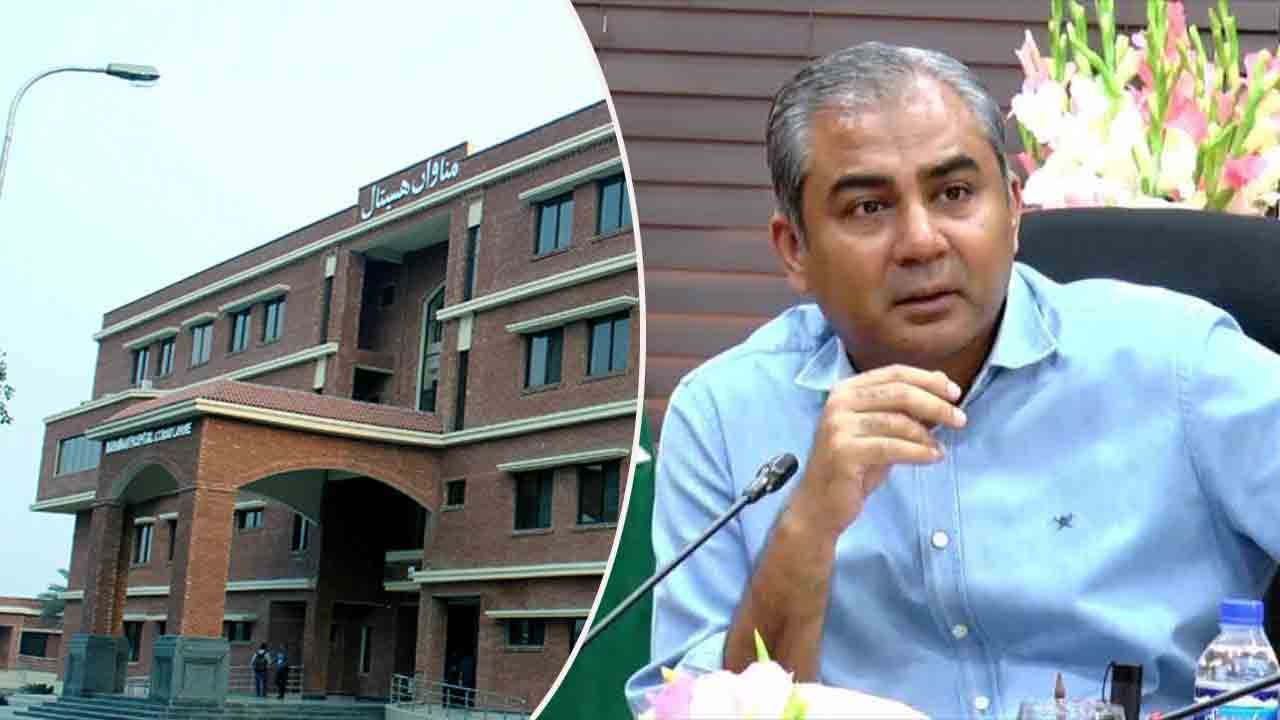According to recent reports, the Punjab government’s ambitious plan to provide free medicines to patients, particularly those residing in rural areas, faces a significant hurdle in terms of accessibility. Despite intentions to ensure equitable distribution, the delivery mechanism appears to favor urban centers, leaving villagers potentially underserved.
Private courier companies, tasked with the responsibility of distributing these essential medications, have communicated their limitations to the provincial government. As a result, the reach of the free medicine program may be confined to major cities, excluding remote villages from its benefits.
The decision to engage private courier services for delivering medicines directly to patients’ doorsteps reflects the government’s commitment to improving healthcare accessibility. However, the logistical constraints imposed by the courier company’s operational scope pose a challenge to reaching rural populations effectively.
Provincial Health Minister Khawaja Salman Rafiq has emphasized the importance of ensuring access to essential medications for patients suffering from critical conditions such as heart disease, tuberculosis, and hepatitis. To address this, the government has devised a two-phase plan to implement the distribution scheme.
In the initial phase, the focus will be on urban areas, where medicines will be delivered to eligible patients at no cost. This targeted approach aims to streamline operations and optimize resources before expanding services to rural regions in the subsequent phase.
Despite these strategic measures, concerns arise regarding the exclusion of rural communities from the program’s initial rollout. With limited access to healthcare facilities and resources, villagers face heightened vulnerability to health disparities. The delay in extending the free medicine initiative to rural areas exacerbates this disparity, potentially depriving marginalized populations of essential healthcare services.
The decision to contract with a private courier company aligns with established regulations, yet it underscores the need for a comprehensive approach to address logistical challenges and ensure equitable distribution. As the government endeavors to fulfill its commitment to healthcare accessibility, it must consider alternative strategies to reach underserved populations effectively.
One potential solution could involve leveraging existing infrastructure, such as community health centers or mobile clinics, to facilitate medicine delivery in rural areas. By partnering with local stakeholders and leveraging technology, the government can overcome logistical barriers and ensure that no patient is left behind in accessing essential medications.
Furthermore, public awareness campaigns and community engagement initiatives can play a crucial role in informing rural residents about the availability of free medicines and the steps they can take to access them. Empowering local communities with information and resources fosters a sense of ownership and ensures the success of healthcare initiatives at the grassroots level.
while the Punjab government’s initiative to provide free medicines represents a significant step towards improving healthcare accessibility, challenges remain in ensuring equitable distribution, particularly in rural areas. Addressing these challenges requires a multifaceted approach that combines logistical innovation, community engagement, and strategic partnerships. By prioritizing inclusivity and collaboration, the government can realize its vision of providing quality healthcare services to all citizens, regardless of their geographic location.



